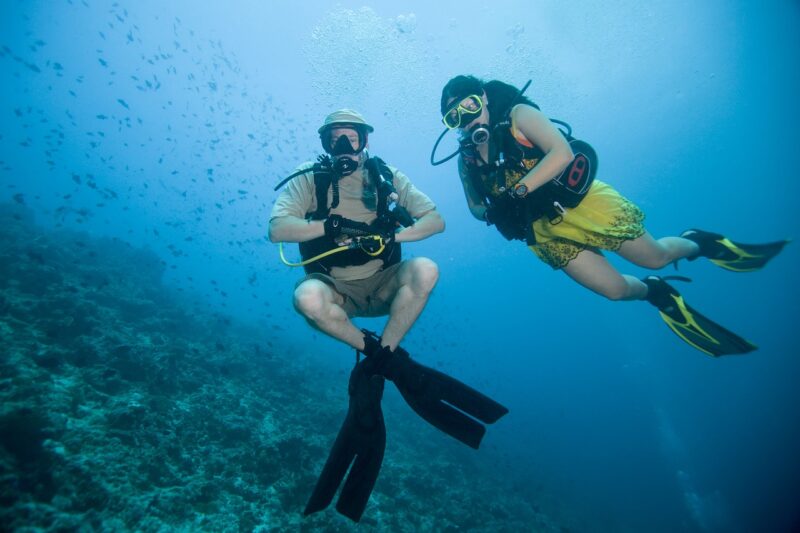
Understanding why some objects sink while others float is a question that fascinates many, from curious children to seasoned scientists. The principle explaining this phenomenon is known as buoyancy, which is a concept rooted in physics and fluid dynamics. In this article, we will delve deep into the science of buoyancy, exploring the factors that influence whether an object will float or sink when placed in a fluid.
1. What is Buoyancy?
Buoyancy is the upward force experienced by an object when it is submerged in a fluid, such as water or air. This force is responsible for determining whether an object will float or sink. The concept of buoyancy comes from Archimedes’ principle, which states:
“An object submerged in a fluid experiences a buoyant force equal to the weight of the fluid that it displaces.”
This means that if the weight of the fluid displaced by an object is greater than the weight of the object itself, the object will float. Conversely, if the weight of the object is greater than the weight of the fluid displaced, the object will sink.
2. The Role of Density
Density plays a crucial role in buoyancy. Density is defined as mass per unit volume (density = mass/volume). Whether an object floats or sinks is fundamentally tied to its density relative to the density of the fluid it is placed in.
– If the density of the object is less than the density of the fluid: The object will float. For example, a piece of wood is less dense than water, so it will float.
– If the density of the object is greater than the density of the fluid: The object will sink. A rock is denser than water, causing it to sink.
3. Factors Affecting Buoyancy
Several factors influence buoyancy:
– Shape and Volume: The shape of an object affects how much fluid it displaces. For instance, a hollow object may float even if it is made of a dense material, as it displaces a significant volume of water due to its shape.
– Surface Tension: The surface tension of liquid can also influence buoyancy. Small, lightweight objects like a paperclip can float on water due to surface tension, even though they are denser than water.
– Fluid Properties: The type of fluid can impact buoyancy. Objects may float in saltwater but sink in freshwater because saltwater is denser than freshwater.
4. Applications of Buoyancy in Everyday Life
Buoyancy is not just a scientific principle; it has practical applications in daily life. Here are a few examples:
– Boating: Ships and boats are designed to float by maximizing their volume while minimizing their density, employing the principles of buoyancy.
– Submarines: Submarines control buoyancy by adjusting their ballast tanks. By filling these tanks with water, they increase their density and sink. Conversely, they can expel water to float to the surface.
– Hot Air Balloons: Hot air balloons float because the hot air inside the balloon is less dense than the colder air outside, creating an upward buoyant force.
5. Experiments to Demonstrate Buoyancy
Experiments can go a long way in understanding buoyancy.
– Sink or Float Test: Collect various household items and predict whether they will sink or float in water. Then, test your predictions. Items could include a coin, a rubber ball, and a piece of fruit.
– Density Column Experiment: Create a layer of liquids with different densities (e.g., honey, water, oil) in a clear container and observe how various objects behave when placed in the column.
These experiments provide hands-on experience with the principles of buoyancy.
6. Conclusion
The principles of buoyancy not only explain why some objects sink while others float but also enlighten our understanding of how various objects interact with fluids around them. The concepts of density and displacement are pivotal to grasping these phenomena. By understanding buoyancy, we can better appreciate the science behind everyday activities from swimming to sailing.
By exploring buoyancy in a scientific context, you are encouraged to engage in experiments, ask questions, and delve deeper into the intriguing world of physics. Learning about buoyancy is a key part of understanding the natural laws that govern our universe. Embrace curiosity, and allow the principles of buoyancy to inspire your journey into science.






